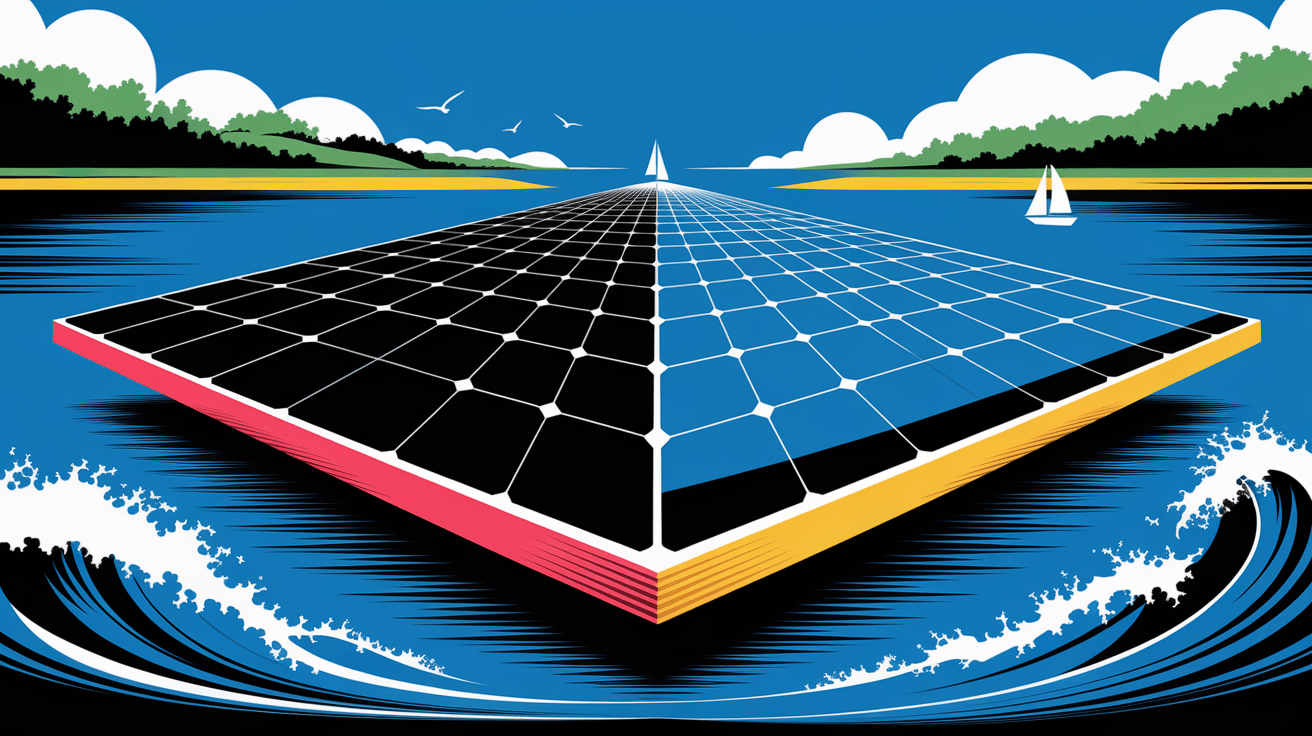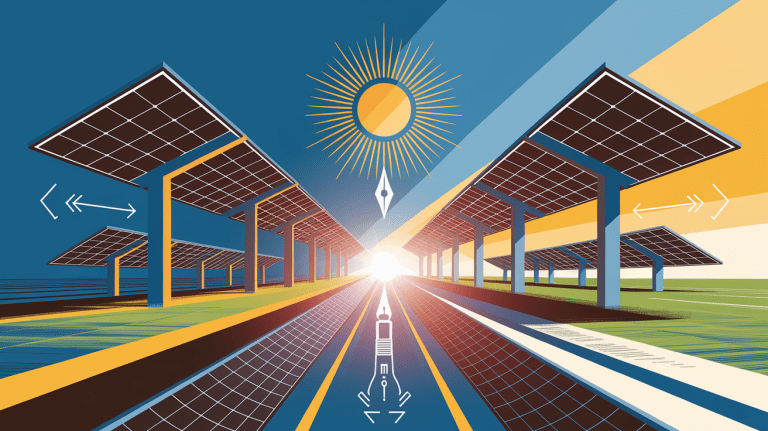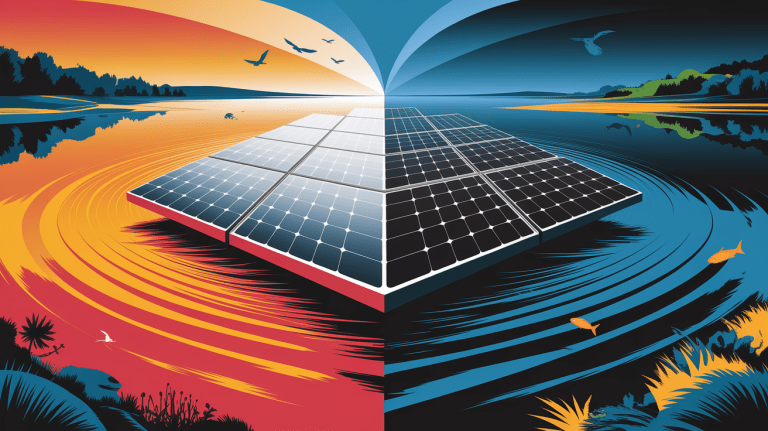Making Waves: Your Practical Floating Solar Installation Guide
Dive Right In: The Quick Start to Floating Solar
Floating solar panels—also called floatovoltaics—are a breakthrough in aquatic solar energy, enabling high-output photovoltaic systems on reservoirs, lakes, and other calm water bodies. By installing PV modules on buoyant solar pontoons, users can unlock new generation capacity without consuming valuable land space. Coupled with improved efficiency from the cooling effect of water, these systems deliver tangible returns for utilities, municipalities, and private site owners.
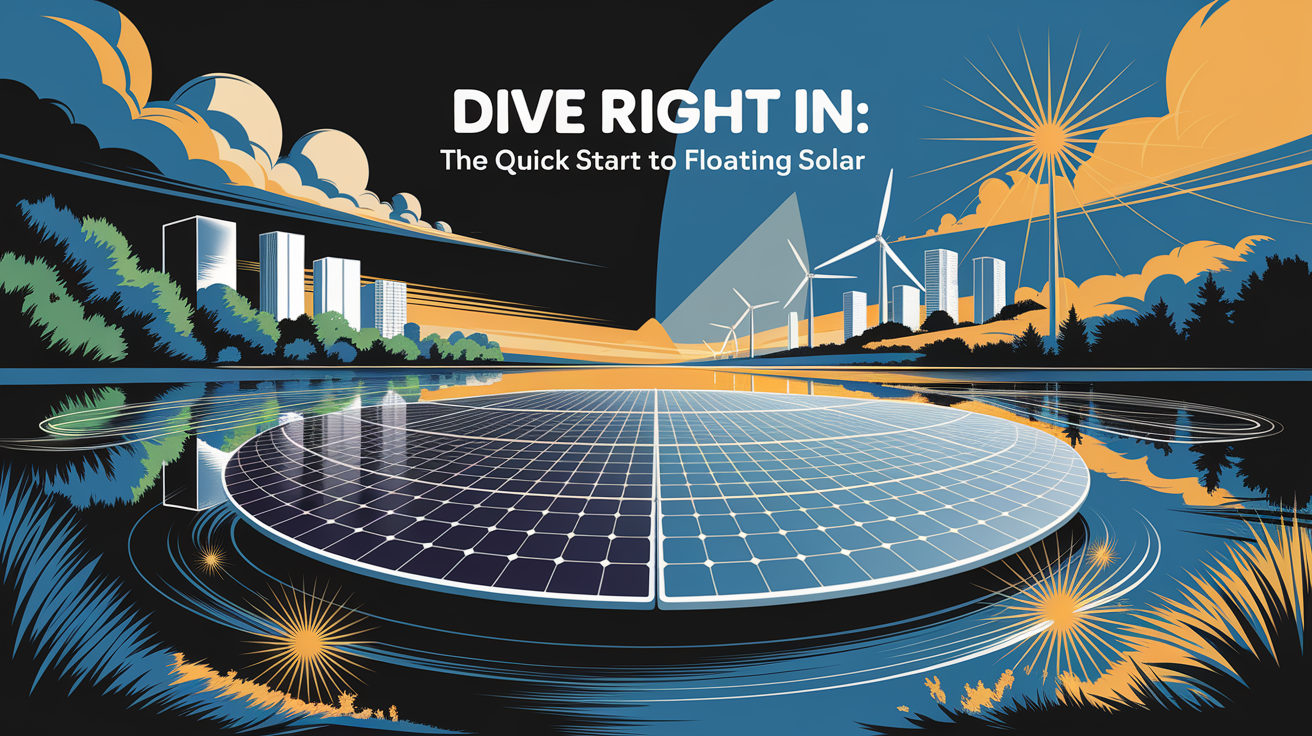
If you’re looking for a streamlined starting point, here’s the top-line view:
- Deploy buoyant platforms such as HDPE floats or marine-grade pontoons.
- Integrate robust anchoring systems and mooring cables tailored to site conditions.
- Mount solar panels with optimal tilt and secure fastening for wind and wave resistance.
- Connect to the grid with waterproof electrical systems, inverters, and compliant grounding solutions.
With proper planning and execution, floating solar can serve as both a renewable energy asset and a water conservation tool.
Planning Your Floating Solar Project
Successful floating solar deployment starts with precision site evaluation and clear objectives. Reservoir solar systems must account for environmental, operational, and logistical constraints before the first component is purchased.
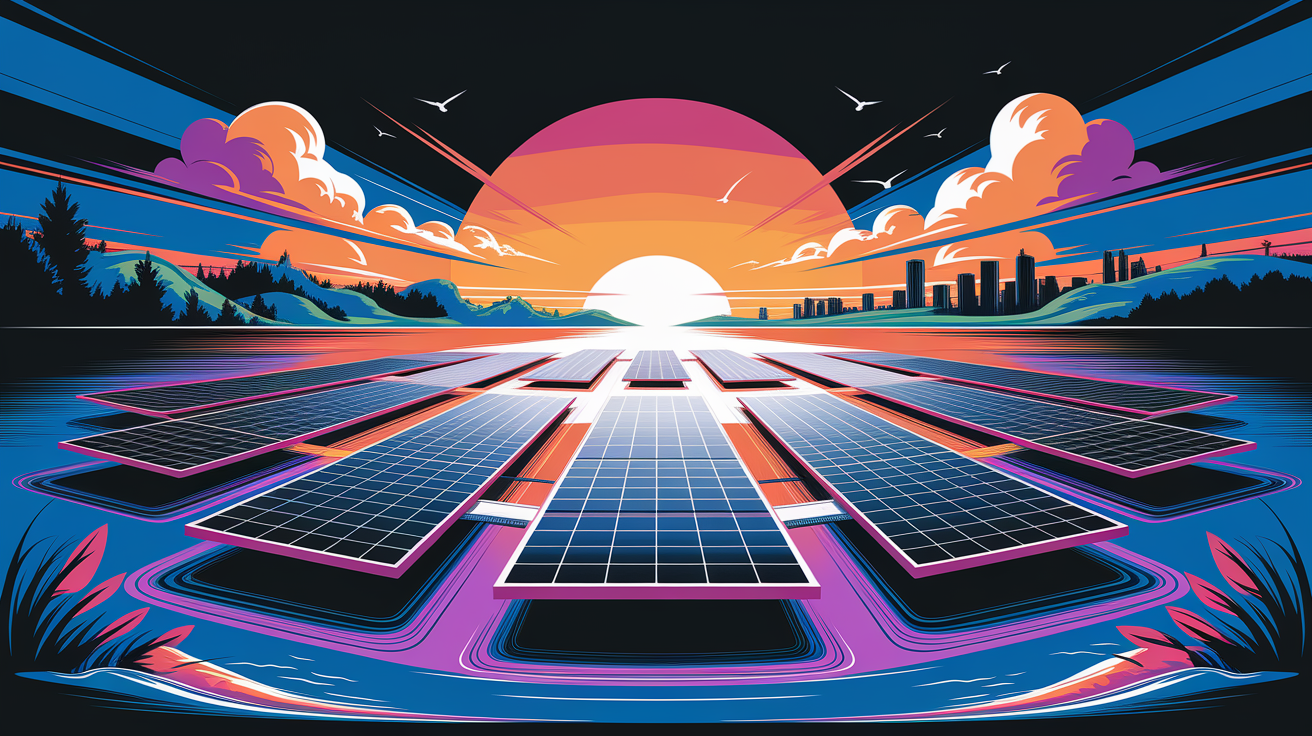
- Site Assessment: Measure water surface area, depth fluctuations, and wave action resistance needs.
- Energy Goals: Set kilowatt or megawatt capacity targets aligned to available space and annual irradiance.
- Environmental Impact: Conduct an environmental impact assessment to ensure aquatic ecosystem compatibility.
- Accessibility: Plan for maintenance access via pontoons or shore docking.
Consider dual-use applications, such as pairing floating PV with hydropower to maximize energy yields.
Navigating Permits and Regulations
Permitting requirements vary by region but generally address safety, water resource management, and renewable energy compliance. You’ll need to work with local authorities and regulators to secure installation approval.

- Water Use Rights: Verify legal access to the reservoir, lake, or pond surface.
- Grid Connection Permits: Obtain approval for interconnection and meet utility technical standards.
- Environmental Compliance: Documentation may include ecosystem surveys, water quality impact reports, and operational safety protocols.
- Construction Approval: Align with building and electrical codes, including IEC standards for floating PV systems.
Early engagement with permitting agencies can shorten installation timelines and reduce costly revisions.
Choosing Equipment and Materials
Your equipment decisions are critical to durability and performance. Floating solar equipment must operate reliably under waterborne stresses while delivering consistent electrical output.

- Platform Materials: Marine-grade, corrosion-resistant materials such as UV-stabilized HDPE floats.
- Panel Mounting: Lightweight yet rigid frames designed for water surface mounting.
- Electrical Systems: Waterproof inverters, junction boxes, and cable management solutions rated for submersion and moisture exposure.
- Anchoring Hardware: High-tensile mooring cables and load-rated anchors appropriate to site-specific currents and wave conditions.
Refer to stable floating platform design guidelines for structural resilience and buoyancy optimization.
Step-by-Step Installation Process
Installing floating solar panels on water involves an orchestrated process to ensure safety and long-term stability. Here’s a structured workflow:
- Platform Fabrication: Assemble floating modules from HDPE or similar buoyant, UV-resistant materials (see complete guide).
- Panel Mounting: Attach PV panels with tilt optimization for maximum solar irradiance.
- Anchoring: Install anchoring systems and mooring cables to resist movement from wind and wave action.
- Electrical Connection: Wire panels in series or parallel, connect to waterproof inverters, and integrate safe grounding systems (detailed installation steps).
- Commissioning: Perform safety tests, verify alignment, and connect to the grid.
Following manufacturer and regional specifications ensures compliance and optimal energy yield.
Maintenance and Troubleshooting
Maintenance ensures stable output and extends operational lifespan. Floating PV systems require tailored upkeep compared to land-based arrays.
- Visual Inspections: Check for damaged floats, loose mounts, or frayed mooring cables.
- Electrical Testing: Verify inverter performance and insulation integrity of underwater cables.
- Cleaning Procedures: Remove algae or water stains to maintain optical performance.
- Seasonal Adjustments: Account for water level changes and weather-related stresses.
Implement remote monitoring systems to catch early performance drops, reducing downtime and repair costs.
Budgeting and ROI
Floated solar installations require upfront investment but can yield rapid payback when efficiently designed and maintained. Capital costs include equipment, labor, permitting, and grid connection.
- Cost Drivers: Scale of installation, material quality, anchoring complexity, and electrical integration needs.
- ROI Factors: Higher efficiency due to water cooling can improve yield by 5–10%, accelerating payback.
- Operational Savings: Reduced dust accumulation means lower cleaning expenses compared to ground-mounted PV.
Model financial scenarios using both current generation rates and projected energy price trends to guide investment decisions.
Setting Sail: Wrapping Up Your Floating Solar Journey
Floating solar technology offers more than innovation—it delivers scalable, efficient energy solutions for constrained land environments and water-abundant sites. By combining robust design, precise permitting, and optimized installation, you can secure reliable performance and long-term returns.
Next steps? Conduct a thorough site analysis, engage experienced installation contractors, and reference authoritative technical resources such as this complete guide to floating solar panels before purchasing components. With deliberate planning and skilled execution, your floating solar project can make waves not just on the water—but in your energy strategy.

